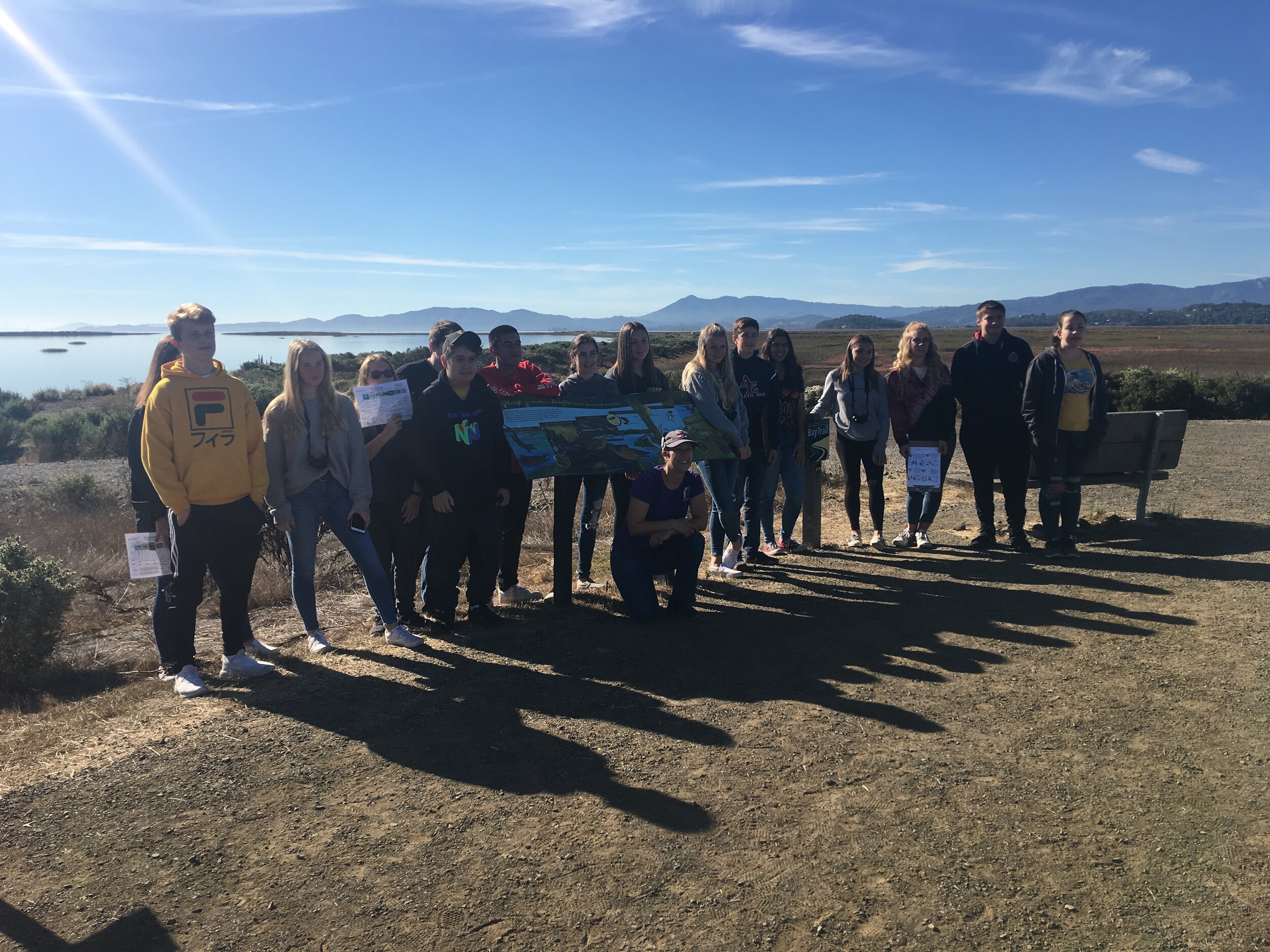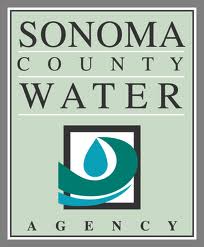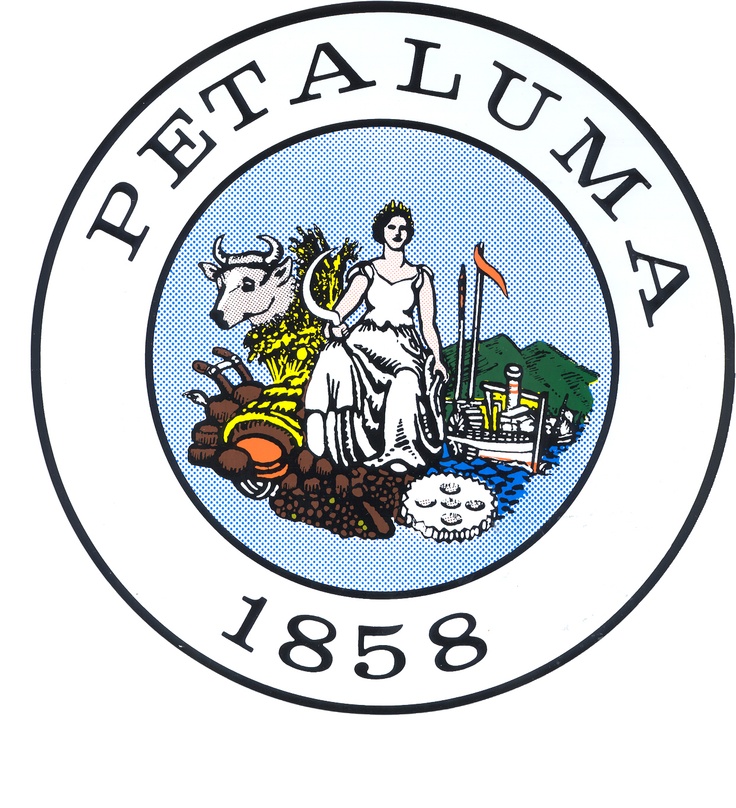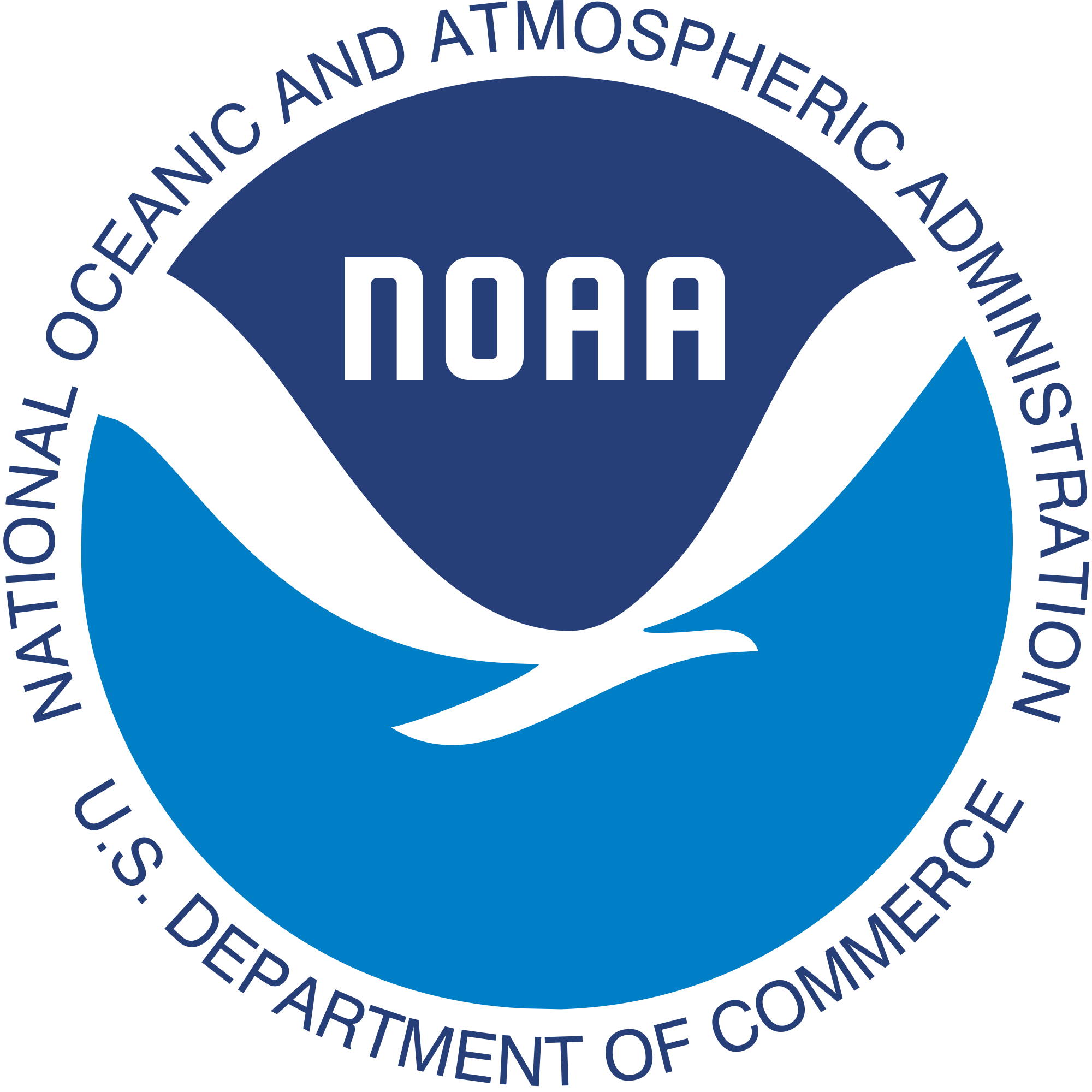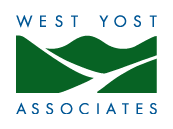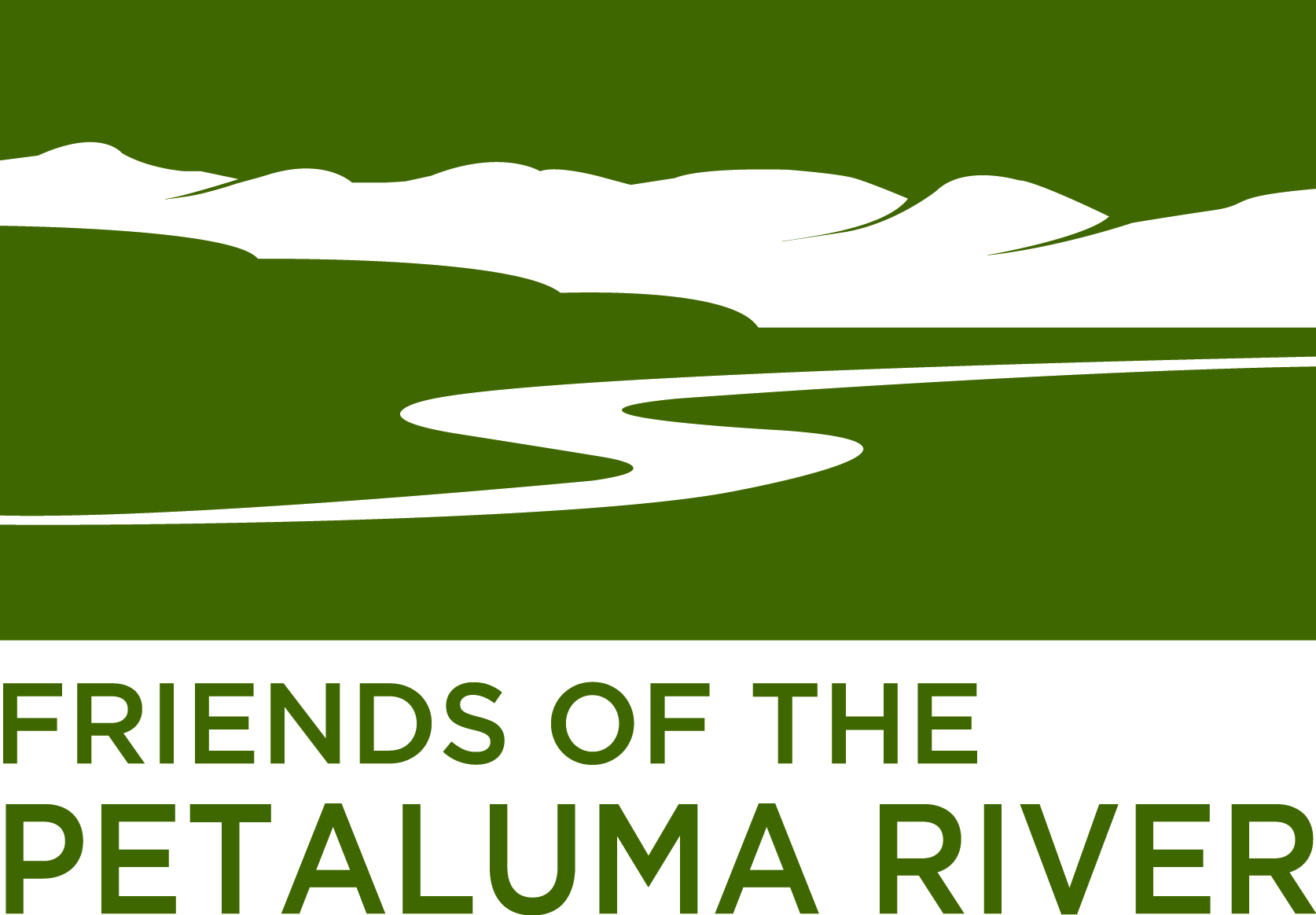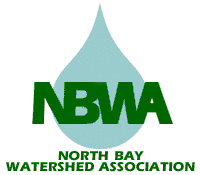Participating Schools: Casa Grande High School
Lead Teachers: John Shribbs, Sten Mander, Todd Creighton, Melissa Wickenkamp
Participating Classes: 9th Grade Physical Science, 11th and 12th Grade Ecology, 11th and 12th Grade AP Environmental Science
Overview: The essential questions will be: What is in the water in the Petaluma Watershed? How does water flow through the water cycle here in Petaluma? What is the impact of water pollution on the Petaluma Wetlands? Water will be collected from the marsh, river/slough, creeks, and water treatment plant effluent and analyzed by students. A variety of scenarios will be created for students to consider such as how downtown development effects water quality or what ranchers must do to reduce sediment outflows. Students will test natural and spiked water samples in their case investigations. Students will report their findings to each other in classroom discussions.
Curriculum Highlights
Key Learning Objectives: Students will learn the importance of water as an economic and natural resource (CA State Standard). Students will learn that we are a major part of the local water cycle with inputs and outputs from the City and watershed area (CA State Standard). Students will learn scientific investigation and evaluate local societal issues (CA State Standard).
Geoliteracy Integration: This curriculum will cover many California Standards on Chemistry (pH, solutions, elements), Math (tables, graphing, algebra), Biology/Life Science (ecology), and Earth Science (water). It is an interdisciplinary approach that will include reading and writing too. For Geoliteracy, students will learn how water connects humans and the natural environment by understanding the entry points of human contaminants into the natural system, students will learn the movement of water through the watershed, and students will learn the importance of water management in both the input of fresh water to the city and outflow of waste water to the environment and how we need to invest in community infrastructures of pumps, pipes, and waste treatment plants.
Fieldwork Activities:
Water will be collected from the marsh, river, slough, creeks, and water treatment plant effluent and analyzed by students. There is potential collaboration with PWA, SCWA, and STRAW for related field projects.
Students will learn how to use several measuring devices including hydrometer, pH meter, conductivity meter, salinity refractometer, thermometer probe, and dissolved oxygen sensor.
They will create calibration curves for salinity density and conductivity. They will also be testing for nitrogen and phosphorous. These labs are quantitative and they will convert direct measures to reported metric values, for example, salinity density and conductivity measures will be converted to percent salt concentrations using look up tables and calibration curves.
Another hands on acitivity is having students develop a bottle ecosystem and test the water in their systems over time. (see Bottle Biology Lab at http://www.thecact.usl?p=137 and EcoSystem Lab at
http://kisdwebs.katyisd.org/campuses/CRHS/teacherweb/aquatics cience/lists/Calendarl Attach ments/1 65/Ecosystems%201 nvestiga tion%20Lab%20to%20Use.pdf)
CA Curriculum Standards Addressed: This curriculum will cover many California Standards on CA Curriculum Standards Chemistry (pH, solutions, elements), Math (tables, graphing, algebra), Biology/life Science (ecology), and Earth Science (water). It is an interdisciplinary approach that will include reading and writing too.
Reading Tasks: Primary documents will be science reports and stories about the marsh ecosystem. Some of the local government documents are: Petaluma River Access and Enhancement Plan, Petaluma Watershed Enhancement Plan, CA Dept of Fish and Game Petaluma River Watershed Stream Habitat Assessment Reports - Adobe Creek, Petaluma River Watershed Agricultural Activities for Improving Water Quality, EIR for Dutra Haystack Landing Asphalt and Recyclinq Facility, San Antonio Creek Watershed Plan. In addition, The Bay Institute (http://www.bay.org/publications/%C2%ADecological-scorecards) and SF Estuary Institute (http://www.sfei.org/progprojhome.html) and Sonoma County Water Agency (http://www.scwa.ca.gov/stream-maintenance-programl) have a lot of information we can use. Students can research information on the web and can do deep research using the library databases.
Writing Tasks: Students will need to research, create and test a hypothesis, and then write a scientific report. The reports will include the standard sections of Introduction with background, purpose, and hypothesis, Experimental Procedures, Results with tables and graphs, and Discussion of importance and relevance. The level of detail in the reports will be modified to grade level.
